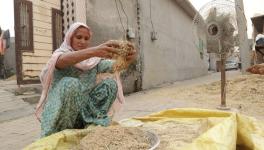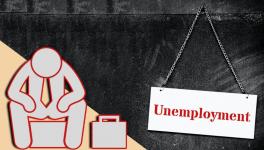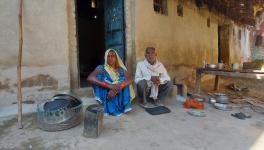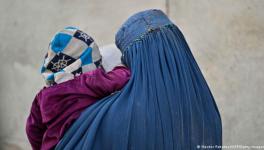Reopening in São Paulo is Sending “Population to the Slaughterhouse,” Warns COVID-19 Specialist
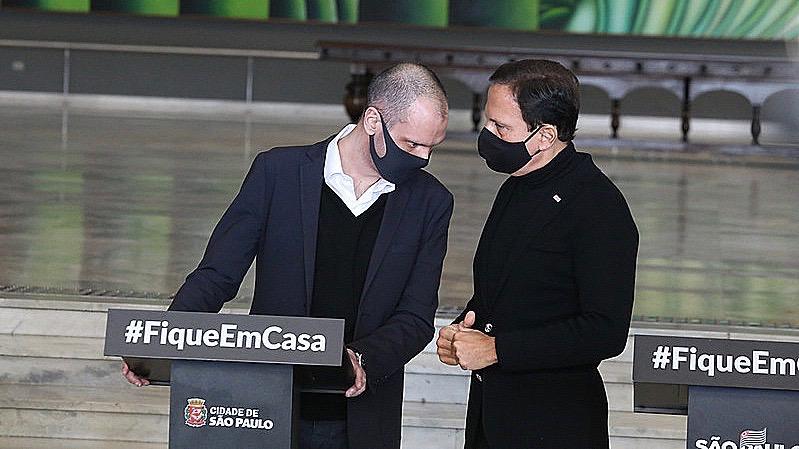
According to researcher, reopening shows unique cynicism, both from governor João Doria and mayor Bruno Covas in São Paulo - São Paulo State Government
The city of São Paulo is in the orange phase, the second most critical of a five-level scale created by the state government to define the pandemic situation in each municipality, alongside the rules for loosening social isolation measures.
In this phase, the restricted opening of real estate trade, retail, shopping malls, dealerships and offices is allowed.
“We are sending the population to the slaughterhouse. The city of São Paulo opening [retail] today, with a rising death rate, shows a unique cynicism both from the governor of the state of São Paulo and now from the mayor of the city too,” says professor Domingos Alves, from the Health Intelligence Laboratory (LIS by its Brazilian Portuguese acronym) from University of São Paulo’s Medical School in Ribeirão Preto (USP), member of the COVID-19 Brazil group.
Other cities, such as the municipalities in the metropolitan area and on the southern coastal area, remain in the red phase and, therefore, are prohibited from resuming any economic activities, with the exception of construction and non-essential industry.
According to the mayor of the capital, Bruno Covas (PSDB), starting this Wednesday (10), retail stores are allowed to start operating between 11am and 3pm, and real estate trade can work for four hours a day.
All 57 malls in the municipality, however, must still receive authorization from the City Hall to reopen from Thursday (11), which will depend on the analysis of health protocols.
Doria and Covas Arguments
The gradual reopening of activities has already been planned since May 28, starting on June 1, when Governor João Doria (PSDB) announced the São Paulo Plan, through the Decree nº 64,994.
At the time, COVID-19 Brazil and Action COVID-19 issued a technical statement criticizing the governor’s initiative.
“If the measures stipulated by the government are implemented, they can lead to loss of lives. São Paulo society needs to work together to reduce the transmission curve drastically. This will not be achieved by opening up commercial activity in the cities. On the contrary, it is necessary to intensify social isolation.”
According to the USP professor, who is a member of one of the groups that issued technical statement, two arguments were presented to support the São Paulo Plan: the flattening of the curve in the number of cases and deaths, and the decrease in the relative contribution from the State of São Paulo for the Brazilian epidemic as a whole.
As for the first argument, Alves states that “it is contradictory, even with Doria’s statement a week before the announcement of Plan, saying that if things were not reversed he would adopt a lockdown.
“When you look at the curve the governor presents, both the curve in Brazil and São Paulo are growing in relation to other countries. There is no decrease,” says Alves.
In the same train of thought, the researcher defends that the second argument “does not make sense,” since the contribution from each state in the accumulation of cases and deaths in the country is always relative, because it depends on the progress of the contribution from other states.
“It is very sad, and even more sad that the governor, as a good marketer, puts on the panel of the plan’s presentation that all his decisions are based on scientific evidence.”
In the city, Covas argues that the occupancy rate of Intensive Care Units (ICUs) is decreasing, and that the epidemic curve is approaching a plateau, as stated by Carlos Carvalho, coordinator of the Coronavirus Contingency Center in the State of São Paulo, during a press conference.
The curve, however, of the number of confirmed cases and deaths remains upward, both in the state and the city. While, the occupancy rate of ICUs decreased, on Monday (8), from 73.8% to 67.5% in the capital, and from 88.1% to 75.5% in the entire State.
However, the phenomenon can be explained by the 30% increase in service capacity in the metropolitan region, in addition to the delivery of 830 respirators expected by the end of this week. For Alves, this is “make-believe data.” “If tomorrow I have 900 people in need of a hospital bed, will these beds be ready?,” asks the professor.
“Based on the São Paulo Plan’s criteria, until very recently the city of São Paulo was not eligible to be taken out of the red zone. Then, suddenly, in one day, more vacancies were created. What I would like to know is whether these vacancies are beds that are really available. Because this happened in the city of Rio de Janeiro, the mayor placed vacancies there, but in practice they did not exist, either because the bed wasn’t ready at the time, or there was no respirator or not enough staff.”
According to the plan, a municipality should remain in the red phase if the occupancy rate of ICU beds is above 80%. If it stays between this percentage and 70%, it goes down to the orange phase, or if there is a decrease in new cases and deaths. In São Paulo, Alves defends that only the first criterion was met and, even then, he raises suspicion on the abrupt change in the ICU occupancy rates.
“You need to meet one of the requirements, and that is what the vast majority of mayors have been doing. For example, Guarulhos tried, and as far as I know, failed to do this with 100% of the occupancy rate of public beds. The mayor went after private beds to ensure that he would lower the occupancy rate to meet the criteria.”
Another question raised by Alves is the proportion of this occupancy rate of ICU beds in the Unified Health System (SUS by its Brazilian Portuguese acronym), because the situation may be comfortable only in the private network.
However, it is on the outskirts of the city where the disease, at this moment, is advancing more rapidly – about three times more than in wealthy neighborhoods, according to the researcher. And that is where, precisely, SUS hospitals will be overloaded. “The rich have access to the public as well as the private beds, but the poor do not.”
Quarantine until the 28th
The governor of São Paulo João Doria (PSDB) announced, on Wednesday (10), that the quarantine in the state will continue until June 28. This does not, however, interfere with the reopening of economic activities, which will occur even during social isolation measures.
According to the governor, on June 8, the isolation rate was 47%. However, based on the data from the Social Isolation Index developed by Inloco, which helps authorities to map social distancing, the rate was only 38.4% on the same day.
For Alves, in comparison to the average rates before March 17, when the quarantine began in the State, São Paulo is no longer in quarantine. “We arrived in the same range that was observed before any official restriction measures.”
Get the latest reports & analysis with people's perspective on Protests, movements & deep analytical videos, discussions of the current affairs in your Telegram app. Subscribe to NewsClick's Telegram channel & get Real-Time updates on stories, as they get published on our website.










